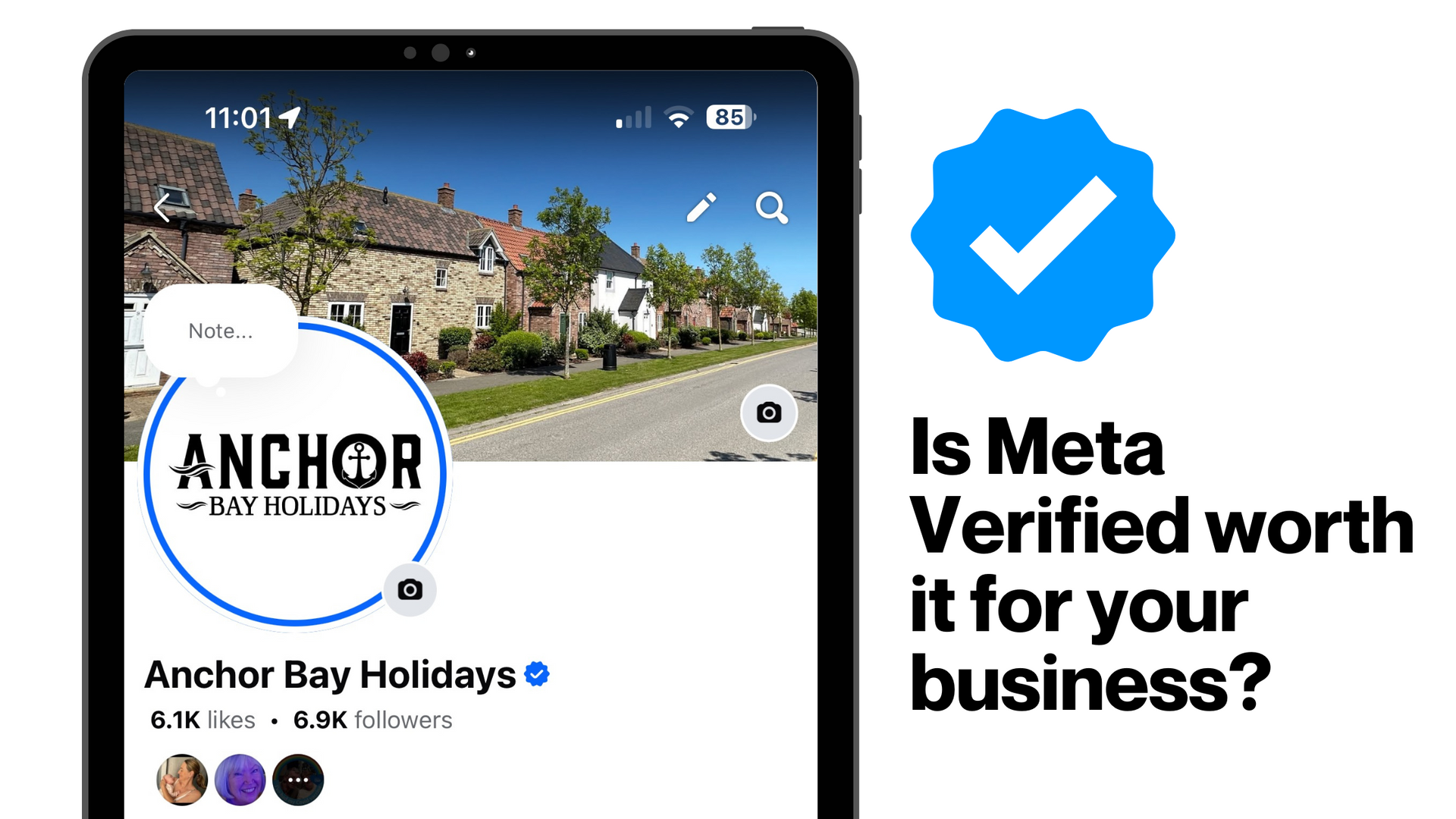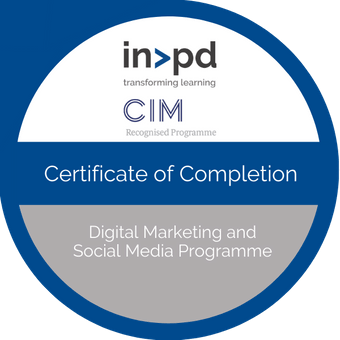Avoid meaningless fluff: a guide to strategic social media content
Avoid meaningless fluff: a guide to strategic social media content

To make strategic social media content, there are important factors to consider. As social platforms are mostly unregulated and you’re free to post what you like (unless you break the guidelines), it can be wide open to meaningless fluff.
That includes social media posts that take up valuable space in people’s newsfeeds and is irrelevant to them. Meaningless content also includes topics that don’t align with your brand values and expertise. Instead of posting anything for the sake of it, focus your social media strategy on your overall goals.
Good social media content takes time.
When you go to the effort of creating social media posts, they need be worthwhile and meaningful. Your business growth will benefit too, if you avoid posting fluffy content. It’s not helping your reputation.
Whether you’re only just getting started on social media or have been posting for a while but not seeing results, you need to evaluate your social media strategy. It can be tempting to post anything and everything to get some level of engagement and be ‘active’.
Our advice is to post social media content strategically to get more visible online, grow your online community, and generate more leads. Period.
Our dozen strategic social media posting tips
- Instead of putting something out for the sake of it, always think of the bigger picture
- Put your customer first and answer their questions
- Make your content solve a problem your audience has
- Inspire your audience
- Timing is everything, post strategically around certain buying cycles/thought patterns
- Encourage conversations to learn more about your followers and connections
- Always have your business goals in mind – what’s the reason for posting on social media?
- If you are generating a brand awareness post, make it meaningful so your followers connect on an emotional level
- If you are trying to reach and grown anew audiences make your posts helpful to them, so they want to come back for more
- If its to get bums on seats to an event, make sure you tell them what they'll leave knowing
- No matter what your goals are, your social media content needs to align with your potential ideal customer, so take time to understand them
- Always include a powerful and relevant call to action (CTA), so they can act.

As I mentioned above all of your call to action's should line up with your overall business goals and social media strategy.
Here is my quick call to action prompter:
- Are you using a CTA to start a conversation?
- Is your CTA to encourage direct sales?
- Or is it to sign up for a newsletter?
- Or maybe to register your interest in an up and coming event?
Avoid jumping on trends or posting about awareness days that mean nothing to your brand, just because everyone else is. By doing this you'll only waste your efforts by planning in social media content that only un-aligns your brand and confuses your audience. Which in turn equals zero engagement, zero trust and zero custom!
Repurposing and distributing content
Social media content takes time and effort – as do all elements of content marketing. So, when you produce content, don’t shy away from repurposing.
For example, you’ve written a company blog post discussing a specific topic, within this blog post, there are helpful tips and advice for your relevant audience sector. Then post your content on your busiest platform first, sharing a snippet to your other platforms with the relevant web link back to the original source. Always driving traffic to your website.
You can also break that blog post down into smaller snippets and take specific sections for individual more strategic social media posts. Or create a LinkedIn company newsletter with it, pushing the article to your LinkedIn audience that might not otherwise come across it on your website.
Any content can be switched and repurposed to become a different format, such as short-form video for TikTok, branded social media graphics for Instagram, topical blogs can become vlogs, or text-only posts for Twitter, the list goes on.
If you're stuck with what piece of content to repurpose, go with the highest performed content over the last 3-6 month window. Use this, slightly altering the content or even repost the same content. Don’t worry about people remembering the post from a couple of months ago – the chances are, they didn’t see it the first time around.
If you find a post getting a bit long then maybe expand on it and create a blog/vlog with it instead. Just go with the flow and don't pressure yourself as this is when the content will lose it's spark.
If you are finding that your content is prompting questions from your audience then this is great. Use these questions as post prompters. This is the best type of content I feel as you are listening to your audience and giving value.
So, a you can see repurposing brings a bigger opportunity to reach the right people and achieve more for your business – without much added effort.
Producing strategic social media content doesn’t have to be from scratch each time. Distributing and repurposing existing content is a win-win.
Inspiration for strategic social media content
Your social media content needs to add something to your audience's day. The hardest part can be thinking about topic ideas…
Here’s an overview of the different things you can cover to make your social media more successful and avoid fluff content.
Use content for building your brand reputation, entertaining people, educating your audience, and selling.
Social media content falls under three main categories – growth, nurture, and money content.
Growth content
is aimed at attracting new followers.
Helpful tips, free advice, and educational content works well.
Think about people who don’t yet use your services, what questions do they ask?
Provide value to encourage people to follow you for more.
Nurture content keeps existing followers or clients interested.
Share your knowledge, customer success stories, and testimonials.
This content will build trust and make you the ‘go-to’.
This includes personal experience stories from past jobs or projects and even talking about how you upskill yourself.
Money content includes social media posts aimed at selling your services or products, promoting what you do and adding a CTA to get in touch.
Think about calling out your customer pain points and expanding on how you can help to resolve them. If you have done the Growth and Nurture content well people will be prepared to part with some cash for help at this point. So sell every now and again and direct your followers to your cart/shop and let them buy.
Getting the balance between audience building and selling can be tricky on social media. As with all content, it should be actionable, helpful, useful and at the end of the day buy-able.
Find out more about different styles in our checklist for successful content.
Content planning workshops for your business
If you need help getting started or to stop winging it, a content planning workshop would be valuable for you and your wider team.
Learn how to grow your business through strategic social media content and never run out of content marketing ideas again.
To book a chat with Lisa to arrange your content planning workshop, simply email lisa@thethinkingcap.co.uk or call 07436 223688.




How you can effectively use LinkedIn for free to boost your marketing and grow your podcast audience




I hope you enjoyed reading this blog post.
If you’d like further help, let’s jump on a call and have a chat.





